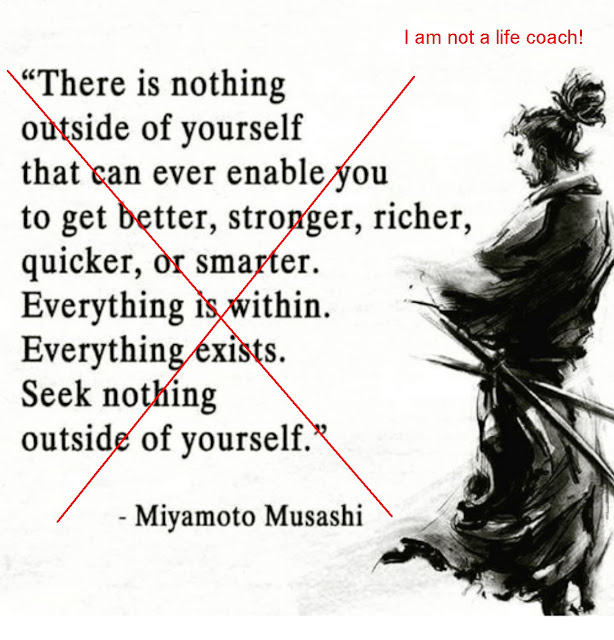October 2022 Book Survey Part 3
Welcome to the October 2022 book survey, part three. I decided to break this month's survey into three posts.
Introduction
In October 2022, I (Richard) continued my reading plan. My last two posts described the first set of 15 books. This post describes the last 7 books. Read on to separate the wheat from the chaff.
Aikido: Tradition[al?] and New Tomiki Free Fighting Method, Nobuyoshi Higashi, 1989
I bought a used copy of Aikido: Tradition[al?] and New Tomiki Free Fighting Method because I am a fan of the author's son Shintaro. My copy of this book is a black and white paperback measuring 7 inches by 10 inches, with 212 pages. "Tomiki" is a reference to the Aikido style of Kenji Tomiki (1900-1979), an instructor we will see several times in this post.
There are a lot of techniques demonstrated in this book, although the smaller photos make it difficult to follow in places. The practitioners wear a gi, which makes it easier to follow footwork. I like pairing this book with the author's work on Jujutsu, mentioned in the August 2022 survey.
Aikido: The Tomiki Way, Neil Saunders, 2003
I bought Aikido: The Tomiki Way to get a more modern look at Tomiki Aikido. This is a large format black and white paperback measuring 8 1/2 inches by 11 inches, with 292 pages. This book offers a solid progression of technique photographs and commentary.
Nihon Goshin Aikido Second Edition, Richard Bowe, 2016
I bought Nihon Goshin Aikido to get the perspective on another non-Aikikai branch of Aikido. The founder of this system is Shodo Morita (1900-?). My copy is a color paperback measuring 8 1/2 inches by 11 inches with 186 pages.
The author (1920-?) earned his black belt with sensei Morita in 1962 in Japan. The author combined what he learned with judo, jujutsu, and karate, and there is no formal association with the Aikikai.
All of the techniques appear in the gi, but the photos appear small for being on such a large page. They appear to be "Aikido" mainly in name.
Aikido: Tradition and the Competitive Edge, Fumiaki Shishida and Tetsuro Nariyama, 1985/2001
I bought a copy of Aikido: Tradition and the Competitive Edge to get a look at another branch of Aikido. This is another Tomiki Aikido system. The book is a black and white paperback measuring 6 1/2 inches by 9 1/2 inches, with 248 pages.
The book has 26 pages of introduction followed by techniques. The photos are mostly small. Some show the blur of action, which is realistic. I think the book captures the Tomiki ethos fairly well.
Aikido Randori, Tetsuro Nariyama, 2010
I bought Aikido Randori because seeing those terms together is fairly rare in mainstream Aikido. My copy is a black and white paperback measuring 7 1/2 inches by 9 1/2 inches with 302 pages.
The book states that "randori" in this context means unarmed practice versus training opponents "armed" with a "sponge rubber knife." This is also called "toshi versus tanto" practice.
This is unique, especially in Aikido. I like how the photos are sharper compared to the previous title.
Aikido and Randori: Reconciliation of Two Opposing Forces, Scott Allbright, 2002
I bought Aikido and Randori: Reconciliation of Two Opposing Forces as it is another book on randori for Aikido. My copy is a black and white paperback measuring 6 1/2 inches by 9 1/4 inches with 192 pages. This is a Shodokan Aikido sourcebook, with Tomiki lineage.
The large sharp photos in this book make good use of each page.
Aikido and Chinese Martial Arts, Volume 1: Its Fundamental Relations, Tetsuka Sugawara and Lujian Xing, 1994/6
I am a huge fan of any book that compares two systems, whether in martial arts or history. I had high hopes for Aikido and Chinese Martial Arts but the execution is largely a failure.
My copy of this book is a black and white paperback measuring 10 1/8 inches by 7 1/4 inches with 332 pages. It was originally published in Japanese and Chinese. The text has weird formatting and too many typos.
The prefaces include comments by Kisshomaru Ueshiba. Author Sugawara was an uchi-deshi (live-in student) with Aikido's founder.
The book begins with a "history" of the relationship between Japanese and Chinese martial arts. Aside from a few in-text citations, there are no sources for this material and no bibliography. That makes these 100 pages of "history" unreliable as a reference.
The second part of the book covers Chinese martial arts, while the third offers a "theory of Aikido." The photographs are not bad and the art in this history section is ok.
This book would be a lot better if an editor worked with the authors to apply rigor to their text.
Conclusion
I have no recommendations for this month. Check out the last two posts for better options.
You may know about our Amazon Wish List. If you would like to help us get books to read and review from that list, then please consider supporting us via Buy Me a Coffee.
If you like this article, check out our Facebook page, Instagram account, Twitter feed, and Amazon Wish List. Be devoted!












Comments
Post a Comment